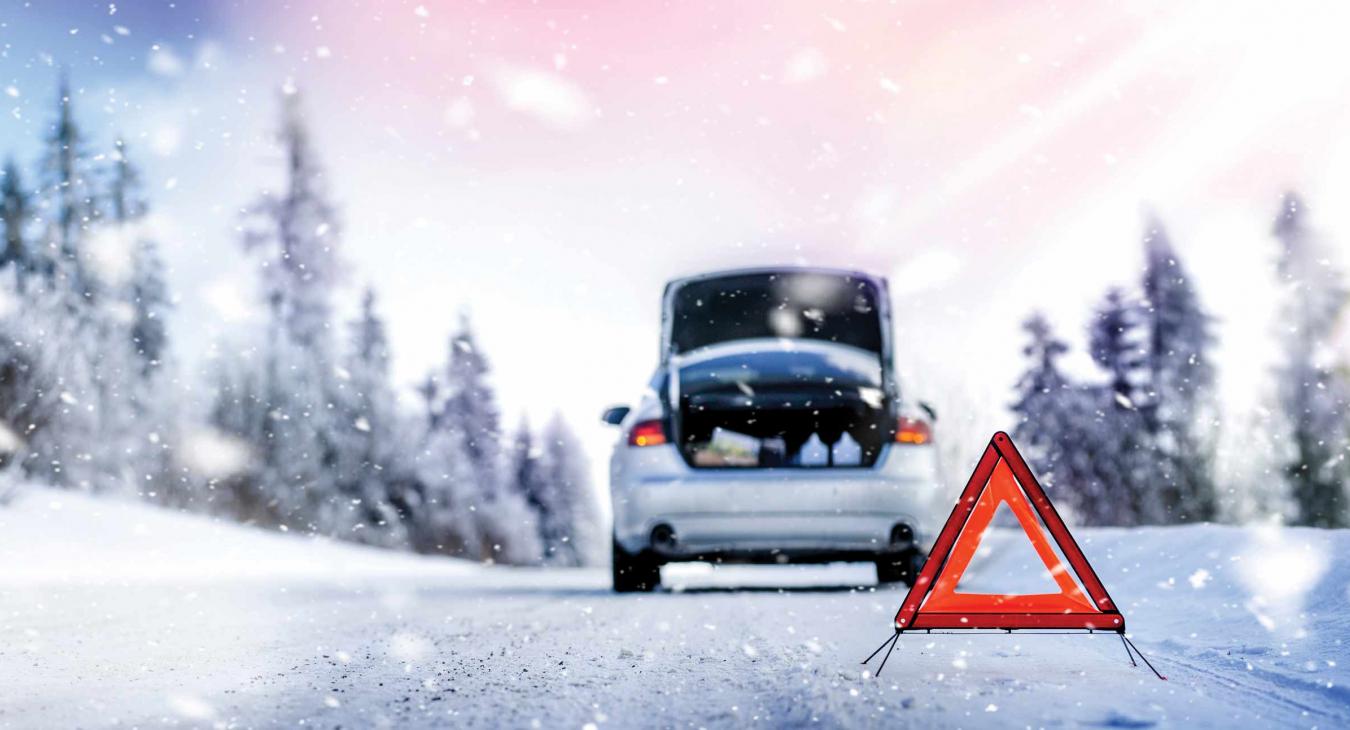Ice and other severe winter weather can result in power outages.
When severe winter weather hits, power outages can occur. Roadways can be dangerous. Do all you can to prepare your pantry, home and car for the next severe winter storm. Once you are ready, watch and listen for weather bulletins mentioning winter storms, blizzard warnings or wind-chill dangers.
Supplies for the storm
At home, have enough nonperishable food, water and medical supplies/medicines for 72 hours. The Federal Emergency Management Agency and the Centers for Disease Control and Prevention suggest storing one gallon of water per person per day. Have cell phones and chargers, as well as backup charger sources, ready. Gather important documents and medical records. Protect your pets and make sure you have enough supplies for them as well. Also have these items ready: a first-aid kit, a flashlight and batteries, hand sanitizer, blankets and warm clothing.
Readying the house
Weatherproof your home ahead of winter by caulking windows and doors and looking for other air leaks that need attention. Inspect chimney flues for wood stoves or wood-burning fireplaces. Install smoke and carbon monoxide detectors on each floor of your home. Protect pipes from freezing.
Prepare your vehicle with an emergency kit
According to Consumer Reports, it can be cheaper to buy a prepared emergency kit than to purchase items individually. A kit typically includes battery booster cables, an ice scraper, a portable shovel, flashlights, a signaling cone, backup batteries for the flashlight, roadside triangles, a reflective vest, a basic first-aid kit (add in what is needed for individual needs) and a cell-phone charger.
In addition, your car or truck should also be stocked with gloves, a blanket, a rain poncho, wipes, rags, boots and a hat. It cannot hurt to also have bottled water and nonperishable snacks in your vehicle in case you get stranded.
Prepare your vehicle
Complete annual maintenance, test the car battery and cooling system, use winter tires and replace them if the tread is less than 2/32 of an inch, check tire pressure and wiper blades, add wiper fluid rated for less than minus 30 degrees and keep the gas tank at least half full.
Know that when the power goes out, we work hard to restore it safely and efficiently. For more information about electrical safety or storm preparation, visit SafeElectricity.org.

